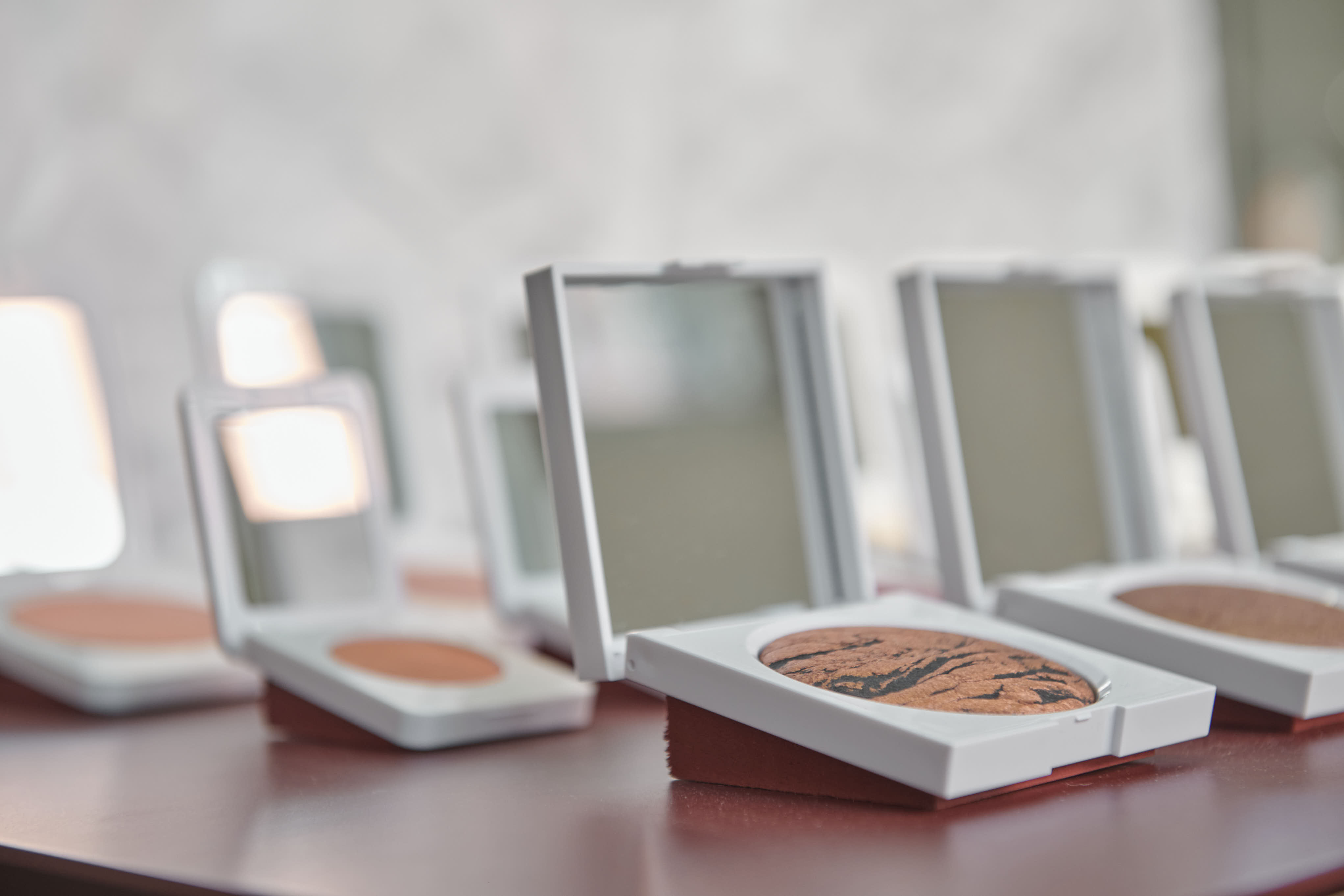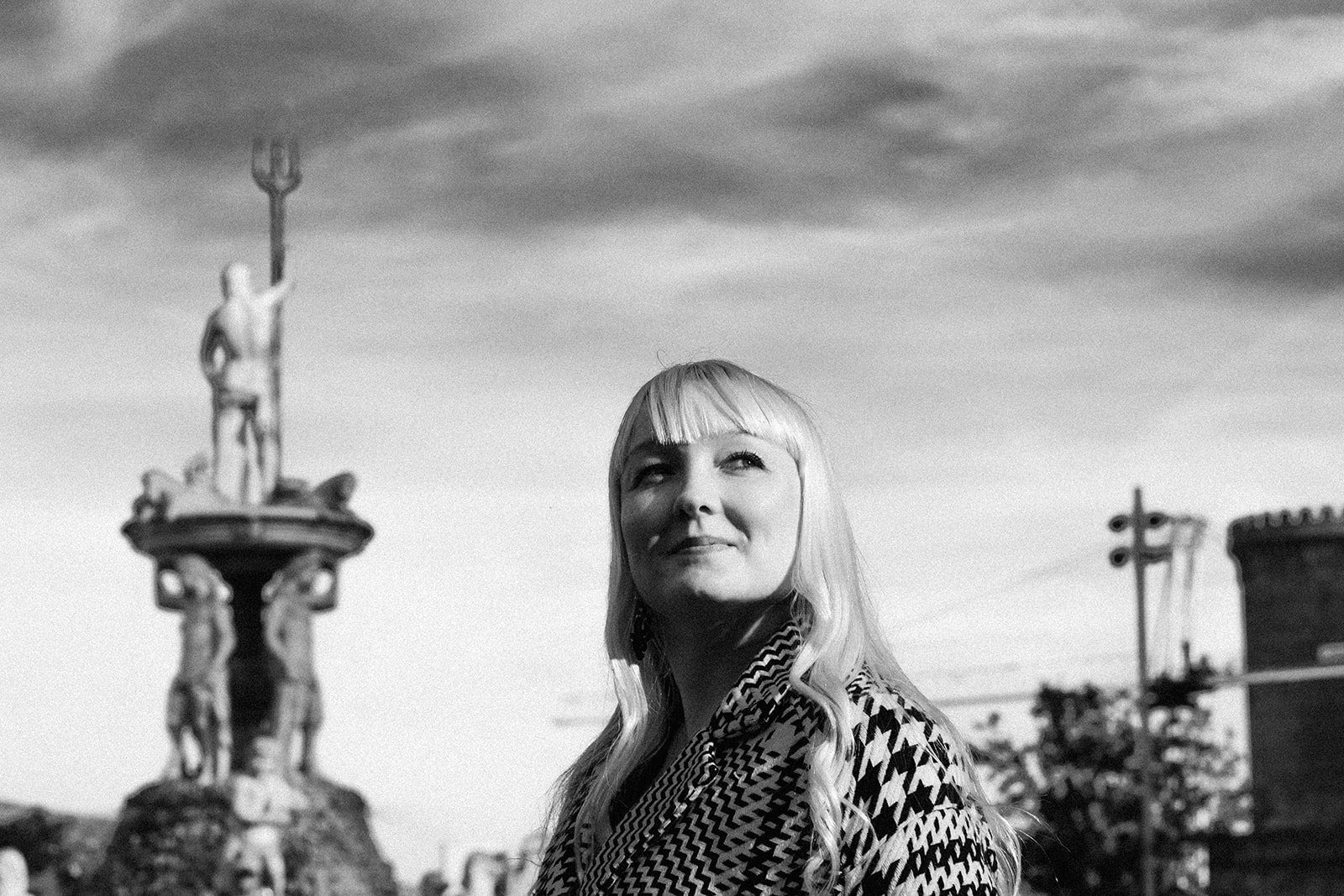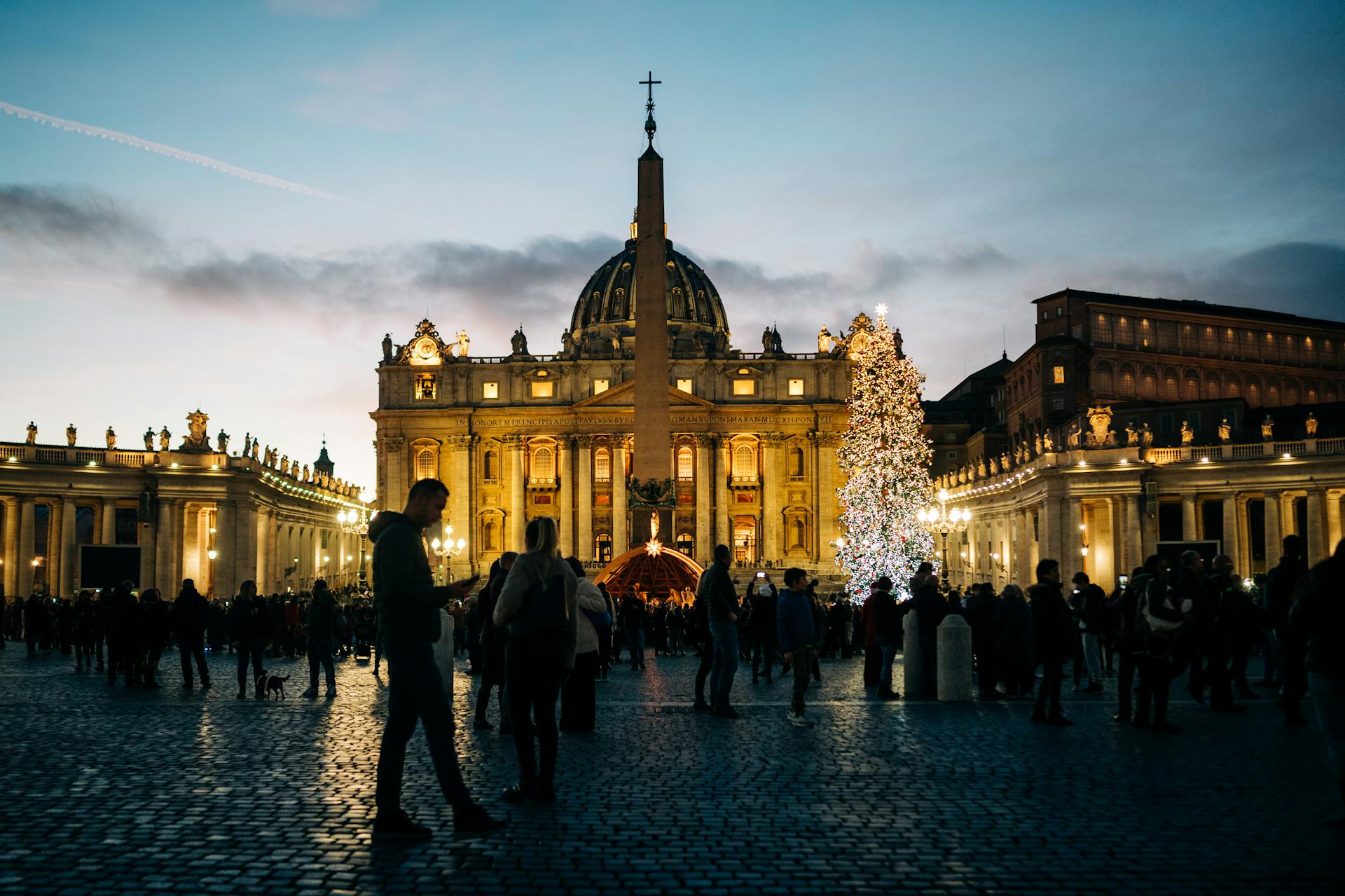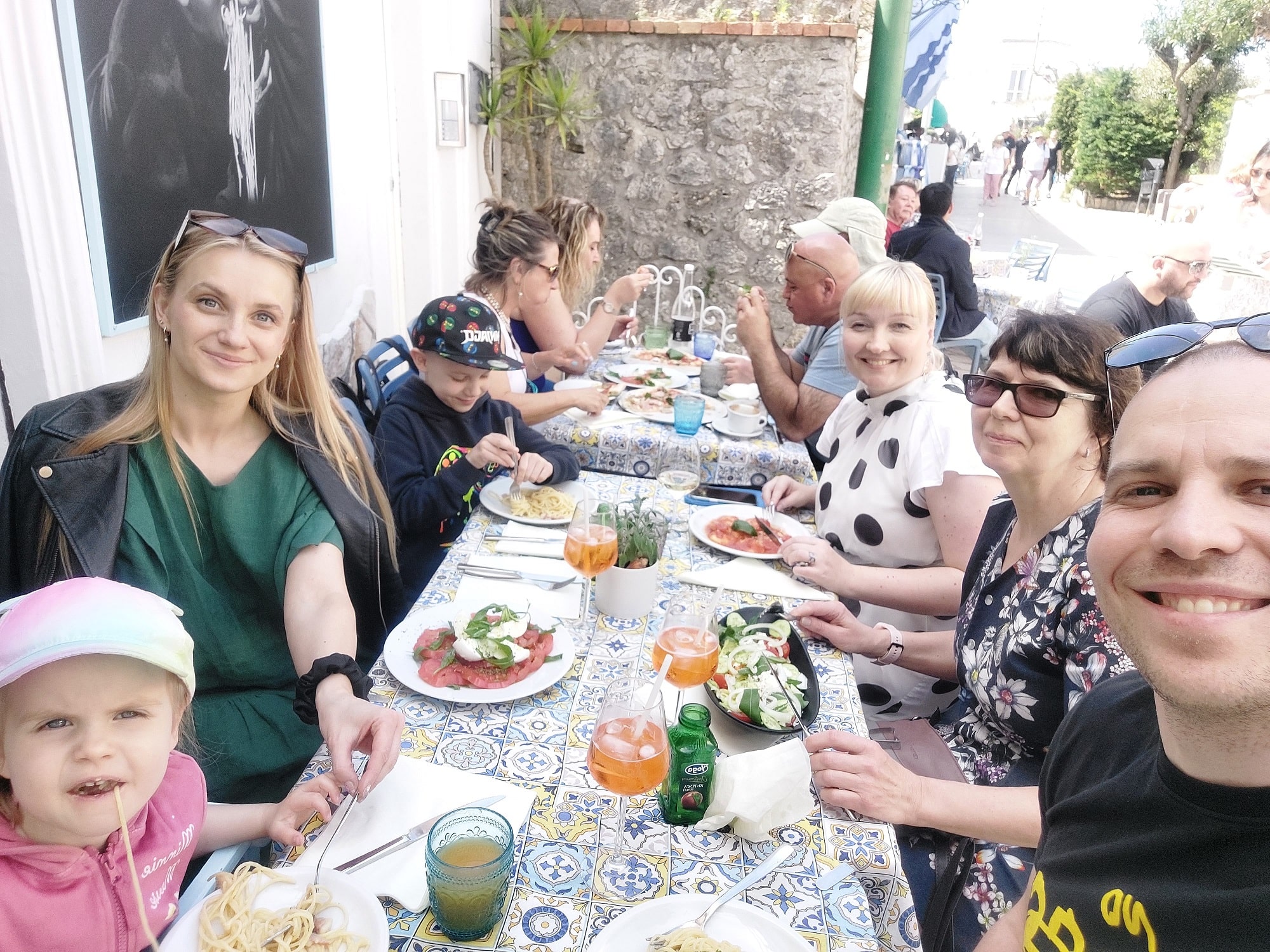We are extremely proud to welcome to the Tallinn Design Festival as a centerpiece “Created in Italy – the attitude for the impossible” exhibition. Bringing together compelling designs product and concepts across Italy, it outlines the versatility of the country’s industrial design.
“Created in Italy” came together as an exhibition four years ago under the care of its curators Odo Fioravanti, Giulio Iacchetti and Francesca Picchi, travelling before Tallinn already across the world from Melbourne to San Francisco to Jakarta to Bangalore to Hanoi. It’s being promoted by the Directorate General for Cultural and Economic Promotion and Innovation, as well as the Italian Ministry of Foreign Affairs and International Cooperation. In Tallinn the exhibition will be shown in cooperation with the Embassy of Italy and the Estonian Association of Designers.
We had a chance to talk to Francesca and Odo, two of the exhibition’s curators, and are happy to bring you the story behind it all.
What has been your idea behind this exhibition?
The task before us was to make an exhibition about the Italian contemporary design, as well as to promote the industry from commercial side. However, we didn’t want to show just objects, but to widen as much as possible the idea about design, to explore it as a cultural phenomenon. We did an extensive research to include to the exhibition companies of very different backgrounds, in order to show the versatility of Italian design.
What were your criteria when selecting the design brands whose story to tell?
In Italy exist many different identities, as the country got united not that long ago. We have different regions with their firmly shaped identities that they are proud of, not even dialects, but local languages etc. We believe that diversity is richness and want to show that also in case of Italian design, from many different aspects.
We tried to distribute the participants fairly across Italy, showcasing the design from every corner of the Italian peninsula, from small family businesses to big internationals, creating an equilibrium. Then, we also wanted to show the entire biodiversity of Italian design, not only limiting it to home interior or furniture, but having also, for instance, technology sector, items connected to fashion, food, automotive, agriculture etc.
And finally, we also looked for that something interesting enough in the particular design brand, its ability to improve human life.
Is there any design brand within the exhibition that has touched you the most?
It’s almost impossible to pick any favorites, it feels almost like choosing your favorite child. However, one story that is definitely worth telling, is the one of a little company close to Milan, Terre Davis. It’s a small family business grinding bricks for the making of tennis court grounds. Instead of doing it from new bricks, they started to use old bricks from deserted or destroyed buildings, consistent with the idea of circular economy. It’s fascinating to think that such a little company is now selling its innovation to the biggest tennis courts of the world.
The other interesting example from the exhibition, are the hands-on materials used in Montessori educational institutions and by the followers of the Montessori method, again made by a little company GAM. The choice of materials for Montessori is very strict, in order to enable the best learning environment and potential for kids, and it’s amazing that even after the worldwide success of Maria Montessori, those materials are still being bought from the same small company.
Or also that of Limonta who invented the high tech nylon that now Prada is using in its collections. It comes in a great variety of colors, made with finesse, so something that was originally meant only for sports has now entered the haute couture sector.
The exhibition is told to comprise diverse Italian industrial design brands in order to illustrate the versatility of the country’s landscape. Could you bring any examples of that?
In our view design is often related to territory, taking its inspiration from it. For instance, there is a sea in Genova and so a local company is making a novel scuba diving equipment. Sophisticated, but affordable, so that as many people as possible could explore the world under the sea. Or a company next to Mont Blanc, from the origin of blacksmiths, who developed new innovative tools for hiking.
How does the Italian industrial design landscape look now versus 5-10 years ago?
Odo: My perception is that design has somehow become a huge phenomenon that everyone is talking about. Already in Milan only we have a whole list of design schools, thousands of people graduating each year. On the other hand, I feel that it has got diluted, less strong. Often, it’s more about what’s trending now or connected to the shape of communication, but with no strong philosophy behind. Like a tea where’s too much water added – diffused, but less intense.
Francesca: Sustainability is definitely something important for the industry, but it’s not yet taken seriously enough, being in many cases just a beautiful word. We need to focus more on this target.
Tallinn Design Festival’s this year’s focus in on AI in the design sector. What is your personal view about the artificial intelligence, is it a threat or opportunity for designers?
New technologies are always scaring people at first. I think that AI will take over part of our work - text editing, creating some simple visuals etc. But as humans we will keep the most important part – being the ones who decide why and what to do. Designers will no longer be technicians creating all simple shapes but will be the ones choosing the correct ones among them that serve the purpose. We get to concentrate on deeper motivation and philosophy behind: why do we need to design yet another object. Emotional side will remain always ours, that is how and what people need to feel about our designs.
And finally, what could Estonia and other countries learn from Italy in terms of design?
Italians love to try something new, even if it might seem strange at first sight. We have this “let’s try” or “can-do” attitude by designers and manufacturers instead of “it can’t be done”. Looking for solutions in every possible way and opening new perspectives is something that could unite – and is uniting – designers all around the world.
The other aspect is that we love to put the depth of thinking behind the objects we design, so they become meaningful and have value. Design in Italy is something very rooted in our culture, the design thinking as such was born here by great masters of the field. We like to define ourselves as intellectuals, not technicians in terms of design, seeing design most of all as humanistic for what the industrialization is a great medium.
Photo credits:
- Opening photo: Created in Italy, Omnicos Group, ph: Max Rommel
- Created in Italy, Gemar, ph: Max Rommel
- Created in Italy, Magis, ph: Max Rommel
- Created in Italy, Terre Davis, ph: Max Rommel
- Created in Italy, GAM, ph: Max Rommel
- Created in Italy, Limonta, ph: Max Rommel
- Created in Italy, Nonino, ph: Max Rommel.
Discover more: Created in Italy at Tallinn Design Festival













Comments